Sudan’s hunger crisis: How to turn the tide on famine
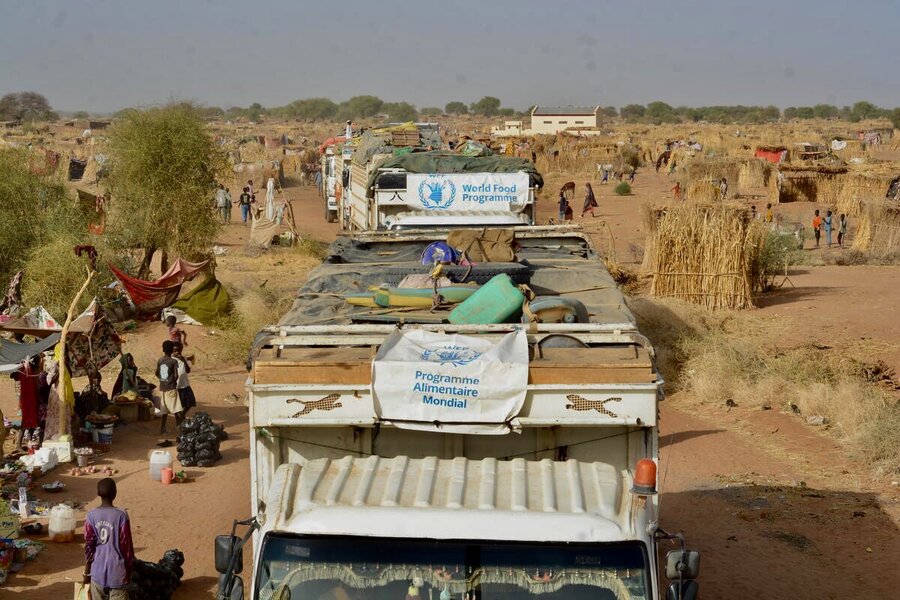
As hundreds of thousands of Khartoum residents head back home to Sudan’s war-ravaged capital, the World Food Programme (WFP) has sharply increased food and nutritional assistance to reach the most vulnerable people. Even in parts of the Darfur and Kordofan regions, where fighting rages, WFP and other humanitarians are still managing to deliver life-saving aid to desperate people – capitalizing on fragile pockets of stability and access.
Though modest, these wins show the worth of WFP’s year-long surge of food assistance to some of the hungriest areas of Sudan, findings buttressed by a new expert report. While Sudan remains one of the world’s largest hunger crises - with famine confirmed in two parts of the country - encouraging signs exist, according to the latest Integrated Food Security Phase Classification, or IPC, the global authority on food crises.
“Where we have had access, we’ve been able to triple our assistance to at-risk famine areas,” says Ross Smith, WFP’s Director of Emergency Preparedness and Response. “And, as a consequence, we have seen food security in those areas improve.”
Sudan’s overall hunger outlook remains dire. More than 21 million people face acute or worse food insecurity, the latest IPC finds. Roughly 375,000 Sudanese face IPC 5, or catastrophic hunger – the highest level. Two cities ripped apart by violence - El Fasher in the west and Kadugli in the south – are in famine.
The IPC found famine-like conditions have eased in nine other parts of the country - places where WFP has been able to deliver assistance. Overall, it found 3 million fewer people were experiencing severe hunger than a year ago.
“It’s testament to the fact that with access and sustained assistance to these at-risk areas, we’ve seen improvements over time,” says Smith. “While the places we are still seeing famine or a famine risk are those where we’ve had limited access.”
Surging food assistance
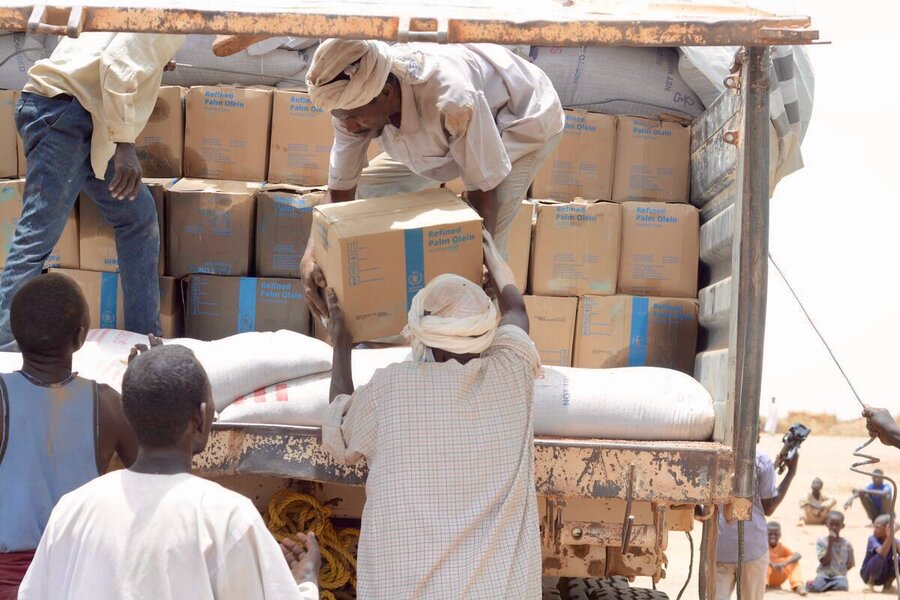
Today, WFP’s emergency food and nutritional assistance reaches more than 4 million people monthly across Sudan. It includes calorie-dense supplements for malnourished mothers and children; pulses, flour, salt and vegetable oil for displaced Sudanese or those newly returning home; cash or vouchers where markets are functioning; and mobile money transfers for people on the move - or in places we cannot physically reach.
With more funding and access, WFP could do twice as much: supporting up to 8 million people each month and helping to more durably reverse the hunger tide.
“We need to take a very balanced approach to our operations in Sudan,” says WFP’s Smith. “On the one hand, we need to be working on famine prevention and responding to people in areas where conflict is active - and pushing for access to civilians where they are. But we also need to support the conditions for people to return home.”
That’s happening in the city of Khartoum and nearby Al Jazira state, where WFP’s food and nutritional assistance reached more than a million people once conflict had subsided. Many people are returning to shattered homes and infrastructure after months of sometimes multiple displacements.
“We don’t have regular meals, but at least we’re alive,” says one resident, Yasmin, who has brought her son for treatment at a WFP-supported nutrition centre in Khartoum.
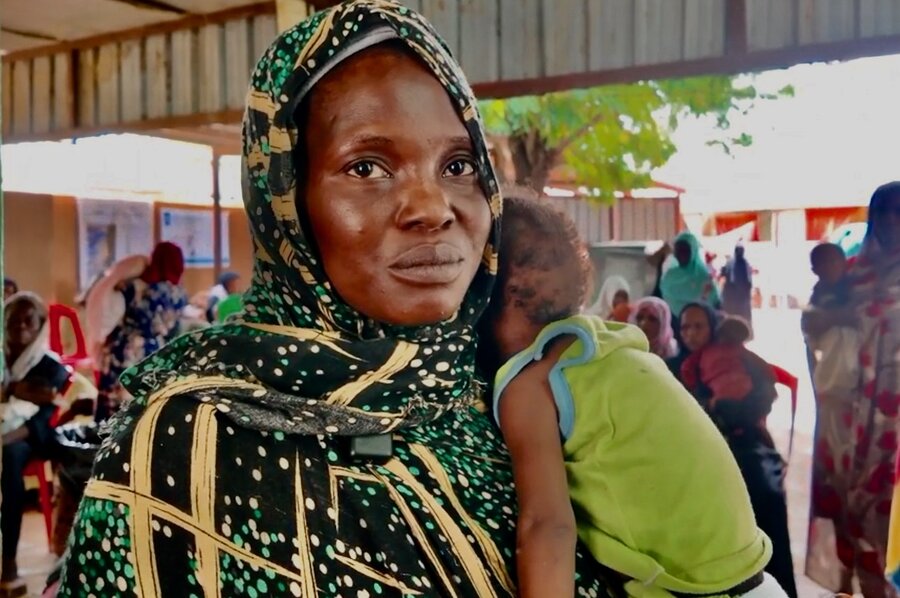
“The needs are massive,” said WFP’s Deputy Executive Director Carl Skau during a recent visit to the capital. “We need unfettered access to all areas across Sudan,” he added, “and we need sustained and flexible funding.”
In more secure parts of eastern Sudan, WFP is working with grain and vegetable farmers to boost their production, and with rural communities to rebuild water points, schools and community gardens. During the planting season, WFP provides farmers with seeds, fertilizer and farming machinery to boost wheat, sorghum and vegetable production.
This year was also marked with major breakthroughs in accessing hungry people in places previously cut off by conflict. That included the western Nuba mountains and areas surrounding North Darfur’s capital of El Fasher - both regions where WFP aid has now helped to reverse famine conditions that were confirmed last year.
But amid these bright spots, famine lingers.
Food and peace are vital
The challenge of reaching hungry people is especially daunting in places where fighting is intense, including the besieged city of Kadugli, the capital of South Kordofan State, where famine was recently confirmed.
“People are going entire days without eating - or they’re lucky when they eat one thing a day,” says one WFP employee, Saad, who has remained in Kadugli since the beginning of the war, despite the dangers. He describes the terror of listening to shells and drones pounding the town.
“We say that we were eating money because prices became so high; all our cash was going only to purchase food,” he adds, describing the soaring cost of basic goods like sugar and flour. (Like others in this story, Saad’s last name is being withheld for his protection.)
Yet in October, WFP and other United Nations partners managed to deliver humanitarian aid to Kadugli and another besieged town, Dilling. Despite a long and fraught journey, a joint humanitarian convoy arrived with food, nutrition, hygiene products and other key supplies for tens of thousands of people.
“The impact of these deliveries was immediate,” says Saad, describing how the price of food quickly dropped and communities faced less hunger.
“Yet many more people need help,” he adds. “One convoy is not enough.”
If guarantees of safe passage are assured, “we are determined to move again and again to sustain deliveries and reach Sudanese facing severe food needs,” says WFP Sudan Acting Country Director Marena Walker.
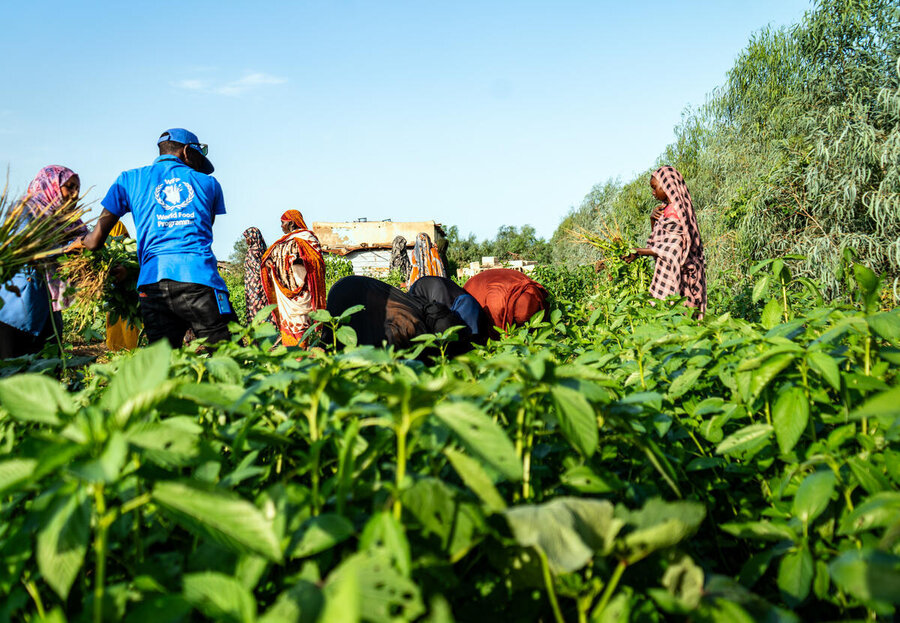
In another famine-hit city, El Fasher, WFP had supported tens of thousands of people with cash transfers via mobile money - a system that allowed WFP’s assistance to continue even when the city was under siege. The transfers also allow us to continue supporting people who are now fleeing the horrific violence that hit El Fasher earlier this month.
Many of the city’s former residents have sought shelter in the Tawila desert displacement camp, located about 80 km away. “The stories at this camp are harrowing,” says WFP Senior Programme Officer Faith Awino, speaking from Tawila. “Hundreds of thousands of people have fled unimaginable violence.”
Since March, WFP has sharply scaled up food assistance in Tawila to reach around half-a-million people. We are now ramping up further to reach at least 200,000 more: those, who have managed to escape El Fasher.
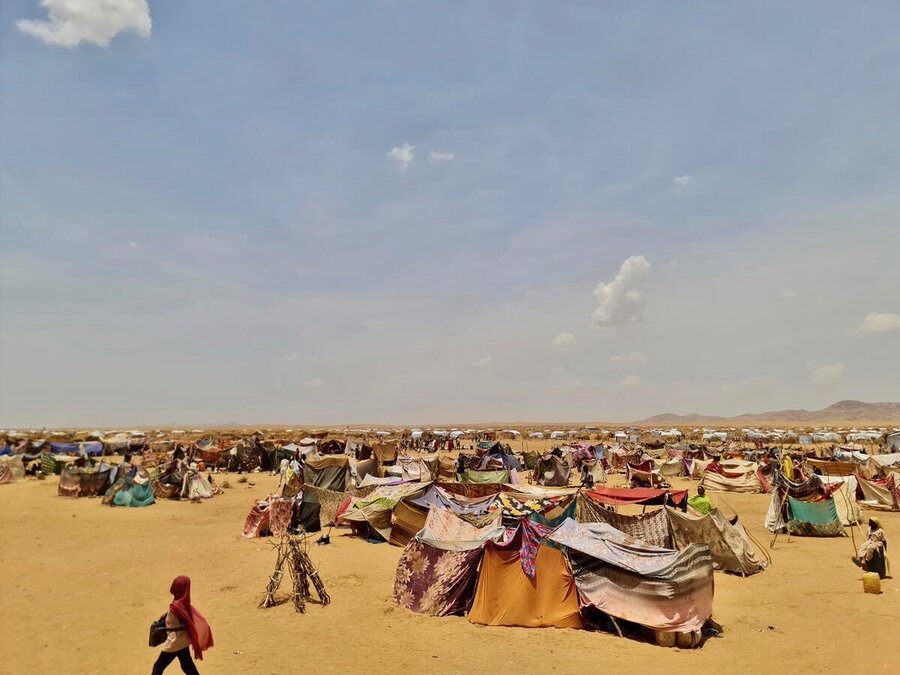
One mother, Khadija, describes how her family was robbed on their journey from El Fasher to safety. "The kids need clothes, jerrycans for water, cooking pots and a (traditional) stove," she says, "We also need food.”
As she cradles her baby, another Tawila camp resident, Gidia, describes how her family went place to place, searching for shelter as fighting raged around El Fasher. It still caught up with them: killing her husband and four of her children.
At Tawila, Gidia says, “we received sorghum, salt, oil and high-energy biscuits” from WFP.
The food is vital, but so is something else.
“I wish for peace to prevail in all Sudan,” Gidia says.
